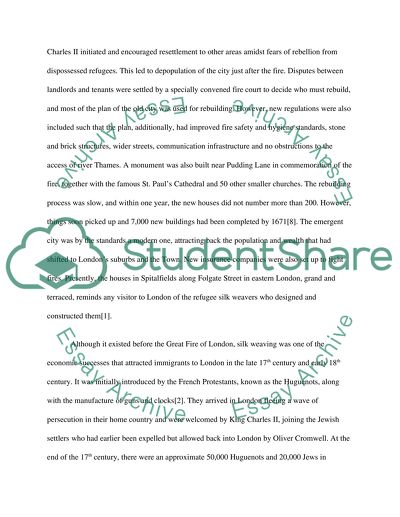Cite this document
(“Why did London attract such a large and diverse flow of immigrants Essay”, n.d.)
Retrieved from https://studentshare.org/history/1484049-why-did-london-attract-such-a-large-and-diverse
Retrieved from https://studentshare.org/history/1484049-why-did-london-attract-such-a-large-and-diverse
(Why Did London Attract Such a Large and Diverse Flow of Immigrants Essay)
https://studentshare.org/history/1484049-why-did-london-attract-such-a-large-and-diverse.
https://studentshare.org/history/1484049-why-did-london-attract-such-a-large-and-diverse.
“Why Did London Attract Such a Large and Diverse Flow of Immigrants Essay”, n.d. https://studentshare.org/history/1484049-why-did-london-attract-such-a-large-and-diverse.


